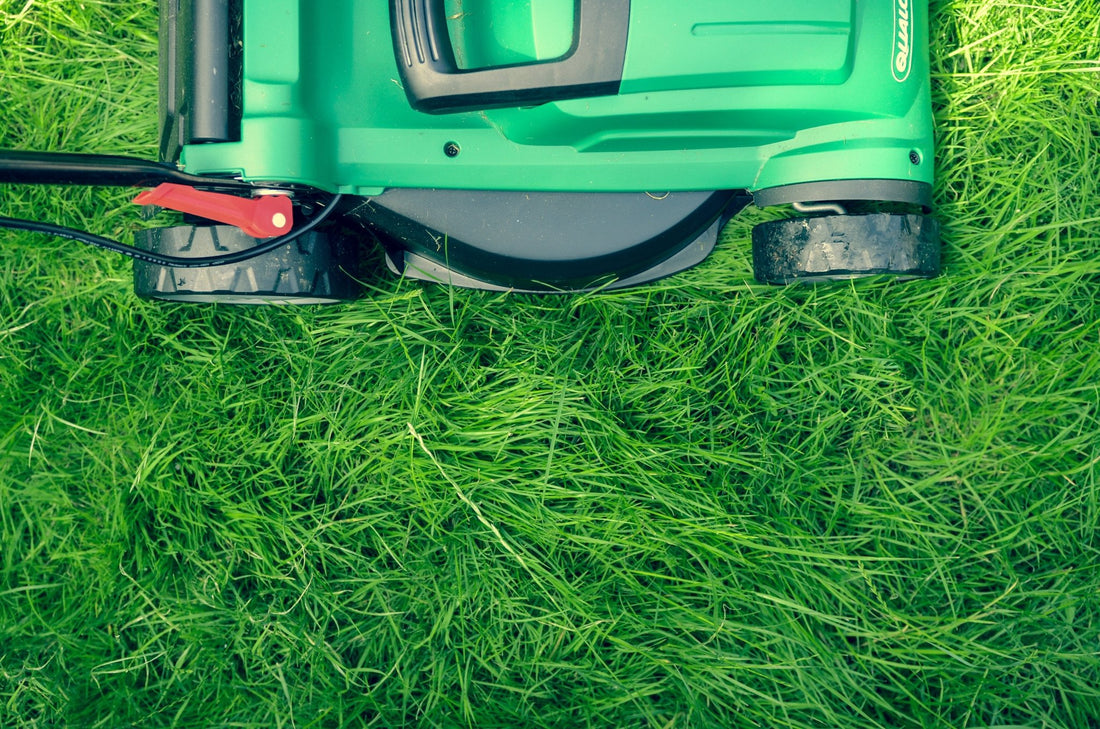A Lawn to Be Proud Of
Ah, the great green lawn—a patch of green that promises endless summer afternoons spent lounging, barbecuing, or watching the kids and pets tear around like they’ve got unlimited energy (spoiler: they do). But let’s be real, keeping that lawn looking like the lush paradise you envision is easier said than done. Especially in Keswick, where the weather can go from “let’s plant palm trees” to “where did that snow shovel go?” in no time flat.
So, before you throw in the towel and convert your lawn into a rock garden, let’s talk about the five most common lawn care mistakes and how to fix them.
1. Mowing Too Short—or Participating in “No Mow May”
The Mistake:
Mowing your lawn like it’s a golf course might make it look neat, but it’s a fast track to a weak, stressed-out lawn that’s vulnerable to weeds, pests, and drought. On the flip side, hopping on the “No Mow May” trend might sound eco-friendly, but it can leave your lawn looking like a tangled mess come June.
The Fix:
Find the Goldilocks zone for your grass height. Aim for a mowing height of 2.5 to 3.5 inches. This length is ideal for keeping your lawn healthy, strong, and ready to withstand whatever Mother Nature throws at it. As for “No Mow May”? If you want to help the bees, consider leaving a small section of your lawn unmowed or plant a wildflower patch instead.

2. Fertilizing at the Wrong Time—or Not at All
The Mistake:
Fertilizing in the middle of a heatwave or skipping it altogether is like feeding a marathon runner a steak dinner just before the race or starving them entirely. Both scenarios are bad news for your grass.
The Fix:
Timing is everything. In Georgina, the best times to fertilize are early spring and late summer to early fall. This schedule ensures your lawn gets the nutrients it needs to recover from winter and prepare for the coming cold. Use a slow-release fertilizer to avoid overwhelming your lawn with a sudden nutrient surge, and remember: less is more. Over-fertilizing can do more harm than good.
3. Not Pulling the Weeds
The Mistake:
Ignoring those pesky weeds until they’ve taken over half your lawn is like ignoring a small leak in your roof until it’s raining in your living room. Weeds compete with your grass for nutrients, water, and sunlight, and if you’re not careful, they’ll win.
The Fix:
The best time to pull weeds is when they’re small and manageable—early spring or after a good rain when the soil is soft. Get them out before they go to seed, and you’ll save yourself a lot of trouble down the road. For a weed-free lawn, keep it thick and healthy through regular mowing, fertilizing, and watering. A healthy lawn is the best defence against weeds.

4. Not Topdressing and Overseeding Regularly
The Mistake:
Skipping topdressing and overseeding because your lawn “looks fine” is like skipping your annual physical because you feel okay. Sure, you might be alright now, but that doesn’t mean problems aren’t brewing under the surface.
The Fix:
Topdressing (adding a thin layer of compost or soil over your lawn) helps improve soil quality, drainage, and root development. Overseeding (spreading grass seed over your existing lawn) fills in bare spots and thickens your grass. The best time to topdress is spring or fall and the best time to overseed is spring, summer and fall. This gives your lawn plenty of time to establish strong roots before winter.
5. Watering Improperly
The Mistake:
Watering too much, too little, or at the wrong time of day can leave your lawn thirsty, waterlogged, or burned. It’s a bit like Goldilocks’ porridge—get it wrong, and your lawn will let you know.
The Fix:
Aim to water deeply but infrequently. About 1 to 1.5 inches of water per week is ideal, which encourages deep root growth. Water in the early morning to minimize evaporation and allow the grass to dry out before nightfall, reducing the risk of disease. If you’re not sure how much water your lawn is getting, place a few empty tuna cans around your yard when you water. When they’re about ¾ full, you’re good to go.
So there you have it, taking care of a lawn in Georgina isn’t always easy, but avoiding these common mistakes can make a big difference. Keep your mowing, fertilizing, weeding, topdressing, and watering on point, and you’ll have a lawn that’s the envy of the neighbourhood—or at least a great place for the kids and pets to play without disappearing into a jungle.
Happy gardening!




